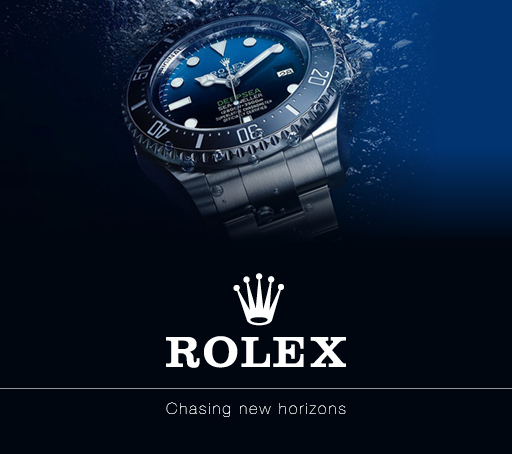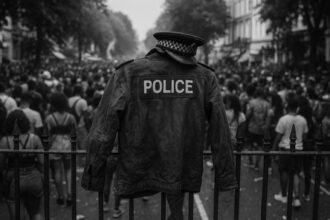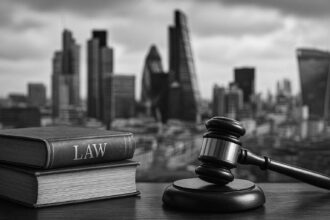A family photo edited by the Princess of Wales raises questions about the credibility of images in the digital era, highlighting the challenges faced by media outlets in distinguishing between genuine and manipulated content.
The recent adjustment of a family photo by the Princess of Wales has sparked a conversation on the integrity of visual media, particularly in the age of advanced digital manipulation. The controversy began when a photo shared by Kensington Palace, showing Princess Kate with her children, was suspected to have been edited. Concerns arose after a Photoshop expert identified inconsistencies such as a blurry texture and issues with Princess Charlotte’s attire, indicating possible alterations.
Princess Kate, an amateur photographer known for taking and occasionally editing her family photos, clarified that the adjustments were made in an attempt to capture the best family shot for Mother’s Day, not to deceive. The expert suggested that the editing aimed at enhancing the photo’s overall quality, possibly by blending multiple images to present a smiling, cohesive family moment.
This incident, occurring amid heightened awareness of AI-generated deepfakes and their implications for the credibility of media content, underscores the challenges of maintaining trust in media sources. With major picture agencies letting the altered image slip through, calls have intensified for stricter vetting processes within media institutions to verify the authenticity of images in crucial times, such as election years.
Efforts to address AI-generated disinformation include initiatives like the Coalition for Content Provenance and Authenticity. However, the tech sector acknowledges the difficulty in identifying sophisticated deepfakes, highlighting the ongoing struggle to ensure the integrity of visual media in a rapidly evolving technological landscape.
Princess Kate has been away from the public eye, recovering from abdominal surgery, but shared the photo during her recuperation. She plans to return to work after Easter, leaving the photo editing controversy as a reflection on the challenges of media authenticity in contemporary society.













